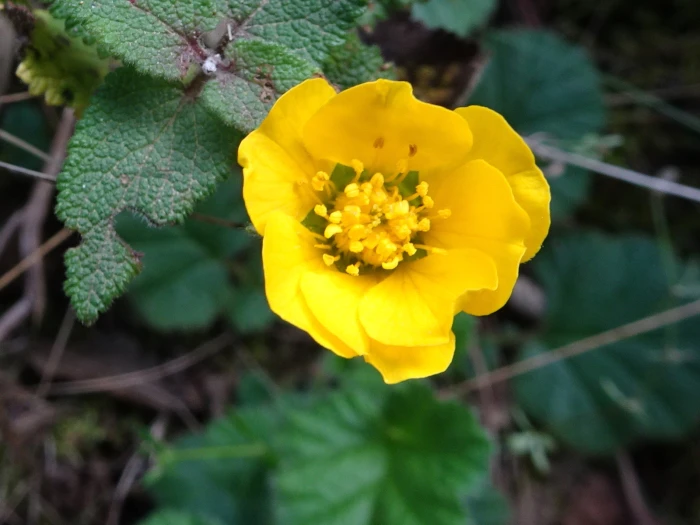Woodland Avens
(Geum sylvaticum)
Woodland Avens (Geum sylvaticum)
/
/

Thomas Koffel
CC BY 4.0
Image By:
Thomas Koffel
Recorded By:
Copyright:
CC BY 4.0
Copyright Notice:
Photo by: Thomas Koffel | License Type: CC BY 4.0 | License URL: http://creativecommons.org/licenses/by/4.0/ | Rights Holder: Thomas Koffel | Publisher: iNaturalist | Date Created: 2017-04-02T15:40:53-07:00 |

























Estimated Native Range
Climate Requirements
| • Precipitation | 29" - 42" |
| • High Temp. | 74°F - 87°F |
| • Low Temp. | 27°F - 38°F |
Summary
Geum sylvaticum, commonly known as Woodland Avens or Sylvan Avens, is a perennial herb that is native to a range of habitats across Europe and Asia, including moist meadows, forest clearings, and along stream banks. It thrives in clay soils but can also be found in loamy and sandy soils. This species typically grows to a height of 1.5-2 feet (0.46-0.6 meters) and a width of 1-1.5 feet (0.3-0.5 meters). The plant features pinnate leaves with a rosette at the base and bears loose clusters of saucer-shaped, yellow flowers that bloom in the summer and are moderately showy.
Woodland Avens is valued for its charming yellow flowers and its ability to naturalize in suitable conditions. It is often used in woodland gardens, borders, and as ground cover, particularly in naturalistic plantings. It is relatively low maintenance, requiring medium amounts of water and thriving in full sun to part shade. While it prefers medium draining clay or loam soils, it is adaptable to various soil types provided they are moist. Gardeners should be aware that Geum species can be susceptible to rust and leaf spot diseases. Additionally, they may spread by rhizomes, which can be a concern if not managed in a garden setting.CC BY-SA 4.0
Woodland Avens is valued for its charming yellow flowers and its ability to naturalize in suitable conditions. It is often used in woodland gardens, borders, and as ground cover, particularly in naturalistic plantings. It is relatively low maintenance, requiring medium amounts of water and thriving in full sun to part shade. While it prefers medium draining clay or loam soils, it is adaptable to various soil types provided they are moist. Gardeners should be aware that Geum species can be susceptible to rust and leaf spot diseases. Additionally, they may spread by rhizomes, which can be a concern if not managed in a garden setting.CC BY-SA 4.0
Plant Description
- Plant Type: Herb
- Height: 1.5-2 feet
- Width: 1-1.5 feet
- Growth Rate: Moderate
- Flower Color: Yellow
- Flowering Season: Summer
- Leaf Retention: Deciduous
Growth Requirements
- Sun: Full Sun, Part Shade
- Water: Medium
- Drainage: Medium
Common Uses
Bee Garden, Border Plant, Low Maintenance
Natural Habitat
Moist meadows, forest clearings, and along stream banks across Europe and Asia
Other Names
Common Names: Sylvan Avens
Scientific Names: Geum sylvaticum, Geum atlanticum, Geum biflorum, Geum inclinatum, Geum inclinatum, Geum montanum, Geum montanum, Geum pyrenaeum, Geum pyrenaicum
GBIF Accepted Name: Geum sylvaticum